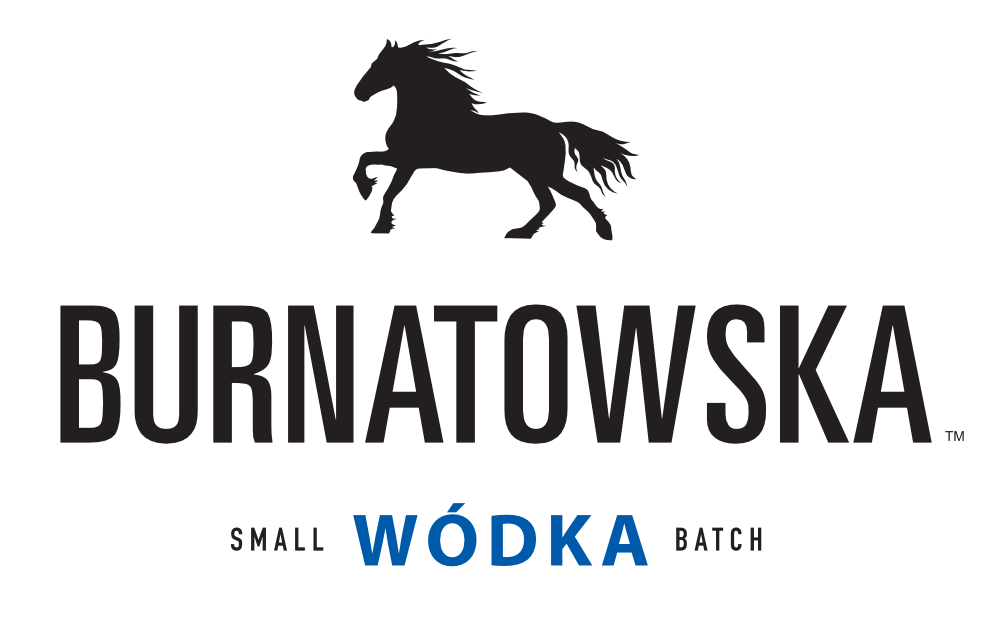The First Vodkas
Long before vodka became the crystal-clear spirit poured in bars and homes across the world, it was something far more rustic. In the villages and monasteries of Eastern Europe during the early medieval centuries, farmers and monks distilled rough spirits from rye and wheat.
These early vodkas were closer to medicinal brews than refined liquors, but even then, they carried a name that hinted at their place in everyday life: wódka—”a little water.”
Poland: A European Powerhouse
By the 16th century, Poland had risen to prominence as one of Europe’s great powers. The Polish–Lithuanian Commonwealth stretched across much of the continent, commanding influence, culture, and vast fertile lands.
From these fields of rye and wheat came the vodkas that would form the backbone of Polish tradition. They were drunk at weddings, shared in moments of celebration, and offered at solemn times of remembrance. Grain vodka was not just a drink—it was part of Poland’s identity, a reflection of its strength and cultural richness.
Potatoes and the Myth
Centuries later, a new chapter would be written. Potatoes, carried from the Americas to Europe in the late 1500s, were slow to take root in Eastern Europe. For many years, they were seen as a curiosity rather than a staple.
By the 18th century, things had changed. Grain was expensive, often too valuable to use for spirits, while potatoes thrived in poor soil and could be harvested in abundance. Polish distillers, practical and resourceful, began turning potatoes into vodka. The spirits they produced were creamy and distinctive, and soon potato vodka spread in popularity.
This marked the beginning of one of vodka’s most enduring myths: that it had always been made from potatoes. The truth is very different. Vodka’s foundation was always grain—centuries before potatoes were ever grown in Europe. Yet outside of Eastern Europe, the story took hold, and the myth persists to this day.
The Name Burnatowska
At Black Horse Distillery in Magaliesburg, the story of vodka is carried forward with our Burnatowska Vodka. The name itself is personal: chosen in honour of Ryszarda Burnatowska, a close friend of our founder, Marius.
In Poland, surnames are not fixed but shift depending on gender. A man with this family name would be Burnatowski, while a woman is Burnatowska. This distinction often surprises people in countries where surnames remain unchanged, and it has occasionally led to puzzled looks when people first hear the name of our vodka.
The choice to keep the feminine form was deliberate. It is both a tribute to Ryszarda herself and a nod to Polish tradition, where even names reflect the nuances of identity, heritage, and language. What might seem unusual outside of Poland is, in fact, a small window into the cultural fabric of the place where vodka itself first flourished.
A Bridge Across Centuries
Burnatowska Vodka is not just a product of careful distilling; it is a bridge. A bridge between the rye fields of medieval Poland and the copper stills of Magaliesburg, between the myths of potatoes and the truths of grain, between history and the present day.
It honours both tradition and friendship, carrying forward the essence of vodka as it has been for centuries: pure, enduring, and deeply human.
To sip Burnatowska is to taste more than just vodka. It is to share in a story that stretches across continents and centuries—from the grandeur of old Poland to the quiet hills of Magaliesburg, from the friendship of Marius and Ryszarda to the glass in your hand.





